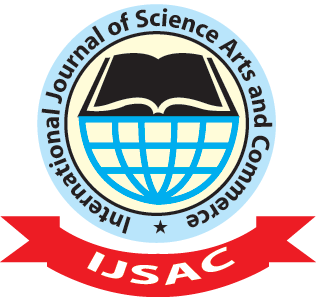Abstract
For Christian missionaries, education was a deliberate, systematic and sustained effort to transmit new ideas which would ultimately lead to the transformation of the Luhyia society. The main aim of missionary education was to teach Africans how to read the Bible and serve as teacher-evangelists. Missionaryeducation was, however, generally of low quality; heavily religious in tone and purpose and under the direction of teachers with minimal training. And as Education became an important drawing card in the emerging colonial order, African began to demand for more and relevant education from the mission schools. It was thus the general weakness of missionary education and the demands by Africans that forced the colonial government to move to direct and show the missionaries how education should be run. The government, decided to steer a course of action which, while largely meeting the aspirations of Africans, was not to be repulsive to the missionaries.
A colonial government effort in streamlining African education was witnessed in the establishment of various commissions, the Department of Education and Education Ordinances. These bodies outlined various policies in the education sector. In turn these polices led to an increased interaction between Christian missions, the colonial government and the Local Native Councils in the provision of education in western Kenya. Indeed, the ability of Africans to translate threats into actions enabled them to exercise real and effective leverage within the government and Christian mission educational system.
